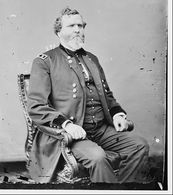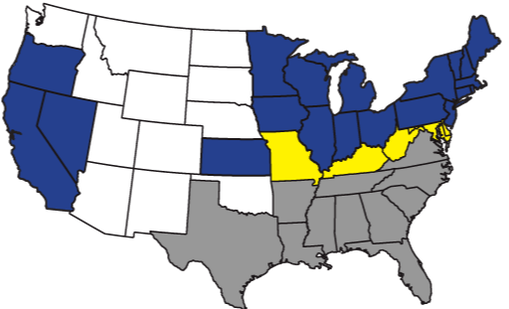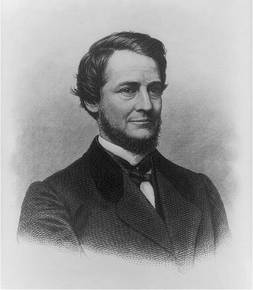|
Over the past several years the discussion about Confederate memory has been in the headlines, especially in regards to monuments. Discussions have taken place on college campuses, in high school board meetings, and at museums. Robert E. Lee, Stonewall Jackson and Nathan Bedford Forrest have all taken a figurative, if not literal, tumble from their pedestals. I've heard a lot of varied opinions, and (because I can't help myself, even though I should) Facebook and Yahoo comments about the appropriateness of the moves by local communities to “rewrite” the history of their public spaces. Often one of the most common responses I hear goes something like what I had as dinner conversation with a former business professor at a state university in Oregon, when he was discussing what he knew about his ancestors who had fought in the Civil War: “My grandfather who fought for the south, for Virginia, did it because he considered Virginia his country, like everyone did back then.” He voices a popular, if inaccurate, absolute: in the 1860s the state was paramount and people were more attached to their state than the concept of a federal government. The next logical step, then is that men and women of the time had no choice, that their fate was inexorably tied to the fate of their states. Whether intentional or not, what that statement does is separate the people from their decisions, making the onus for their support of the Confederacy someone else’s problem—namely the state legislators and secession delegates who voted to leave the Union. If there are no decisions to make, a person can't be judged. The myth that everyone just followed their state allows us to draw a clean line of demarcation between North and South and color large swaths of the map blue and grey. But if you've learned nothing from Civil War Scout in this last couple of years, I hope you can take this away...there is nothing simple about the Civil War. Men and women of the time did have choices…even the Confederacy’s most venerated generals. Robert E. Lee could have chosen to stay loyal to the Union. Historian Allen Guelzo makes an argument that his choice to follow Virginia was at least party driven by the desire to retain as much of his children’s birthright in the form of Arlington as he could (The Decision, Civil War Monitor, Volume 8, Issue 2). Thomas “Stonewall” Jackson was born in the western counties of Virginia, that believing their voices were not heard in the secession vote, threw in with the Union and created the state of West Virginia. To say that it all was fate based on where a person was born or where they lived minimizes those who chose differently and suffered great personal consequences.  Union General George Thomas was born into a slaveholding family in Virginia. Union General George Thomas was born into a slaveholding family in Virginia. George Thomas was born a Virginian into a slaveholding family and when he stayed loyal to the Union his family disowned him. He rose to become one of the western army’s most reliable generals, and earned the nickname “Rock of Chickamauga” for his actions at that same battle that beat back the Confederate army’s attempt to overrun the retreating Union army. Even after the war, his family refused to speak to him ever again.
Look for more information about George Thomas, Clement Vallandigham and others who went against their state in a new series called Not a Monolith which will appear periodically on this blog.
0 Comments
Leave a Reply. |
AuthorToni is a wife, mom and history buff who loves bringing the Civil War to life for family members of all ages. Archives
July 2018
Categories
All
|


 RSS Feed
RSS Feed